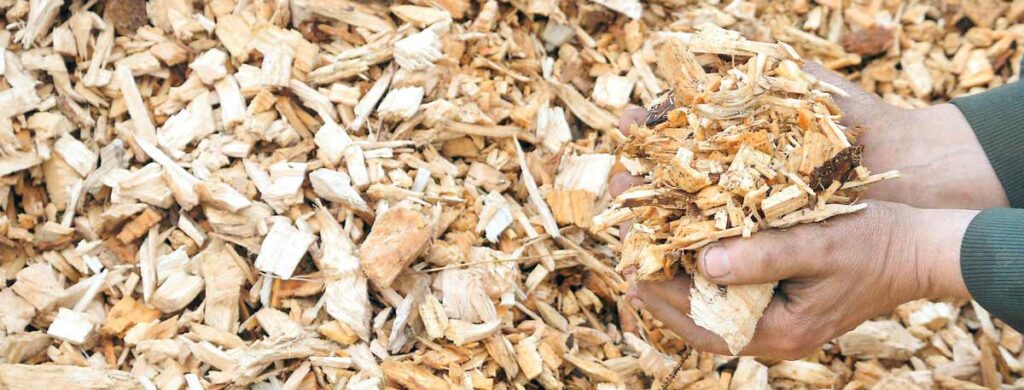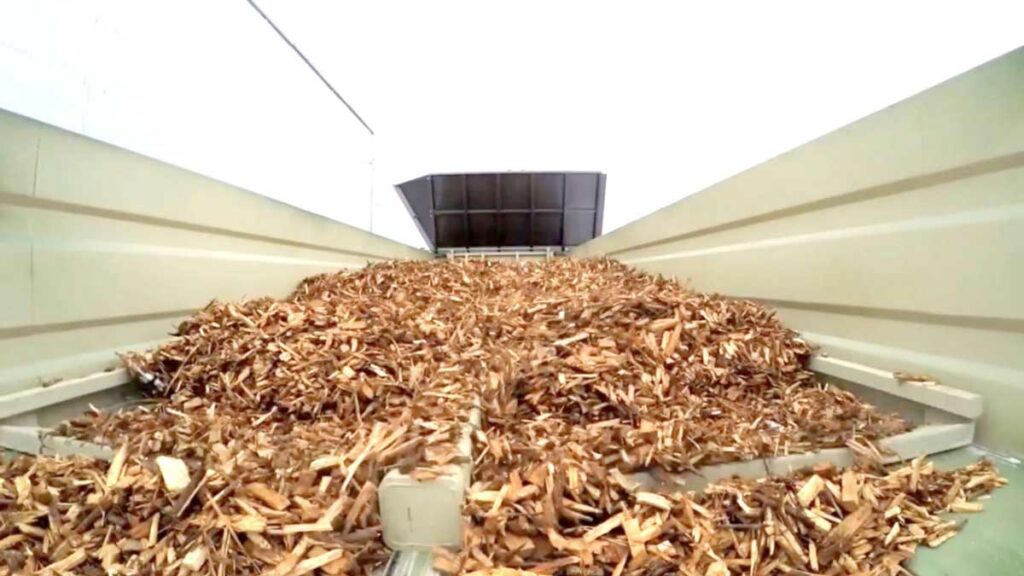
Reasons for drying fuel
| Woodchip XIV Performance Rates | |||||
| Product Starting MC | Wood chip Output (10% MCWB) | Operating Energy Requirment | Annual ElectricalConsumption | ||
| Tonnes/yr | Tons/yr | GJ/yr | Million Btu/yr | kWh/yr | |
| 60% | 168,000 | 185,000 | 756,000 | 717,000 | 2,400,000 |
| 55% | 210,000 | 231,000 | 756,000 | 717,000 | 2,400,000 |
| 50% | 263,000 | 289,000 | 756,000 | 717,000 | 2,400,000 |
| 45% | 333,000 | 364,000 | 756,000 | 717,000 | 2,400,000 |
| 40% | 420,000 | 463,000 | 756,000 | 717,000 | 2,400,000 |
Performance Rates of Woodchip XIV at Different Starting Moisture Content Levels
Reasons 1
The usable calorific value of woodchips depends much more on the woodchip’s moisture content than on the species of wood. Fresh wood chips with a water content of 55% provide roughly 2000 kWh in energy per ton.
Reasons 2
By drying woodchips to 20% moisture content, the calorific value is doubled to around 4000 kWh per ton. In a burning process of 1 ton of dried woodchips, approximately 400 L of heating oil can be substituted.
Reasons 3
For woodchip boilers, dry woodchips equate to higher efficiency, clean and more consistent combustion that in turn ensures simple operation and an extended lifetime of the heating system.
Reasons 4
In addition, only woodchips below 30% moisture content are suitable for storage. Woodchips above the 30% threshold are liable to microbial decomposition.

